Crazy Sneakers
How to be a sensible consumer in this confusing market
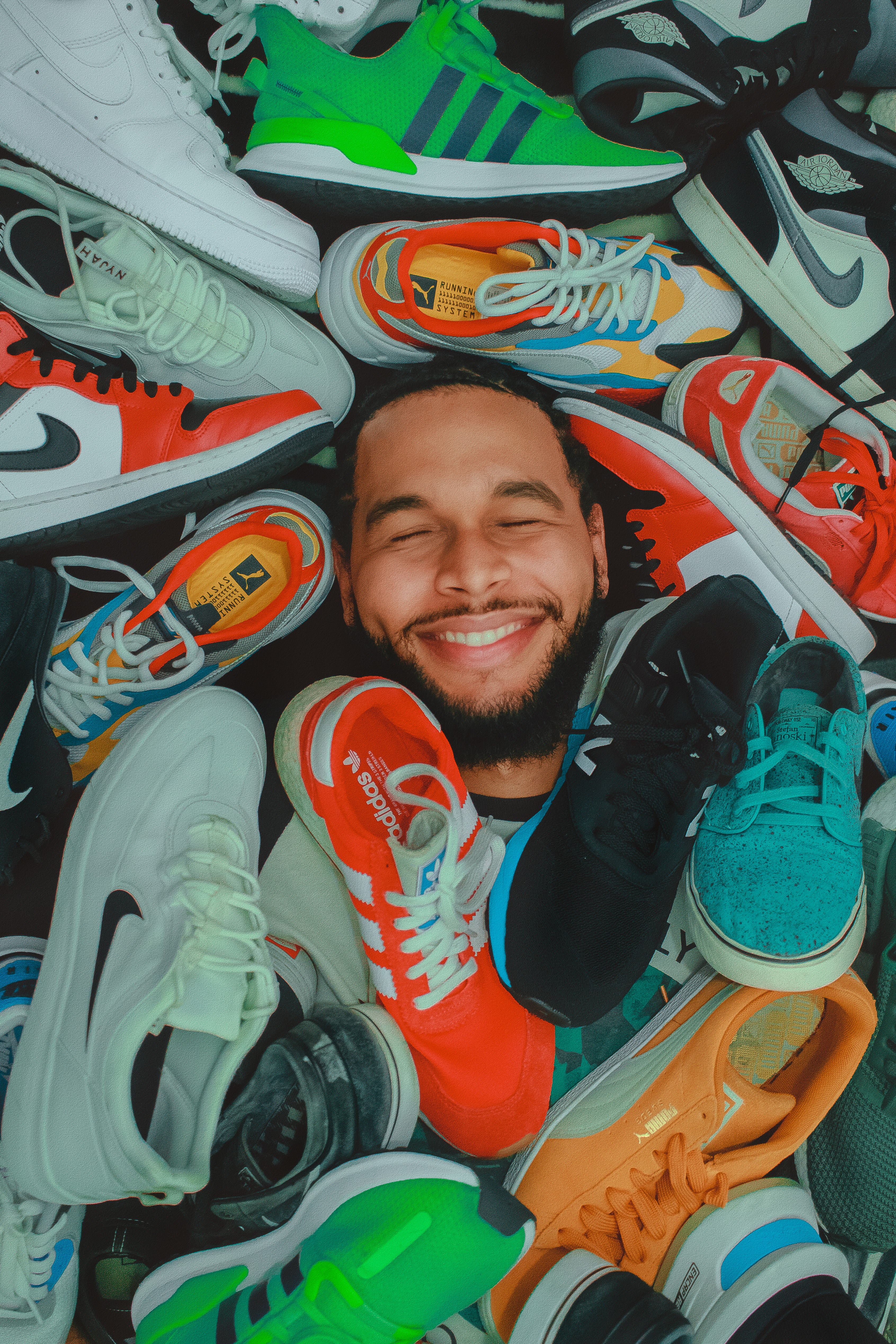
Sneaker culture has a long history, and its emergence has involved both the constant pursuit of novelty and creativity, as well as the constantly changing politics of inclusion and exclusion. Different sneakers have also played different roles in this process.
In the 1950s, television was introduced into millions of families, which was an important opportunity for the rise of sneaker culture. The sneakers worn by many sports stars became the target of a lot of sports fans. In the 1970s, basketball shoe culture began to transform into a symbol of culture. Two major events occurred during this period: Nike signed Michael Jordan and Adidas signed the rap band Run-DMC, both of which pushed basketball shoes to a wider target audience and led to a global trend of street footwear - what became known as sneaker culture in the 1980s. In the 1990s, premium fashion designers entered the sneaker field and began to establish the place of sneakers in people's closets.
As more and more fashion icons wore sneakers, the luxury sneaker market began to boom. Many sneaker companies began to actively cooperate with the trendsetters, and various collaborations of sneakers began to emerge during this period. These shoes were generally very fashionable and unique, but also very expensive. Kanye West's Yeezy series with Nike and Adidas sold for a phenomenal $90,300 on eBay. Meanwhile, limited editions, new technologies, and celebrity endorsements have emerged in this era, targeting sneaker lovers whose tastes have become increasingly personalized.
Photo on Flickr licensed under a CC license
Photo by Fars Woldai from Pexels
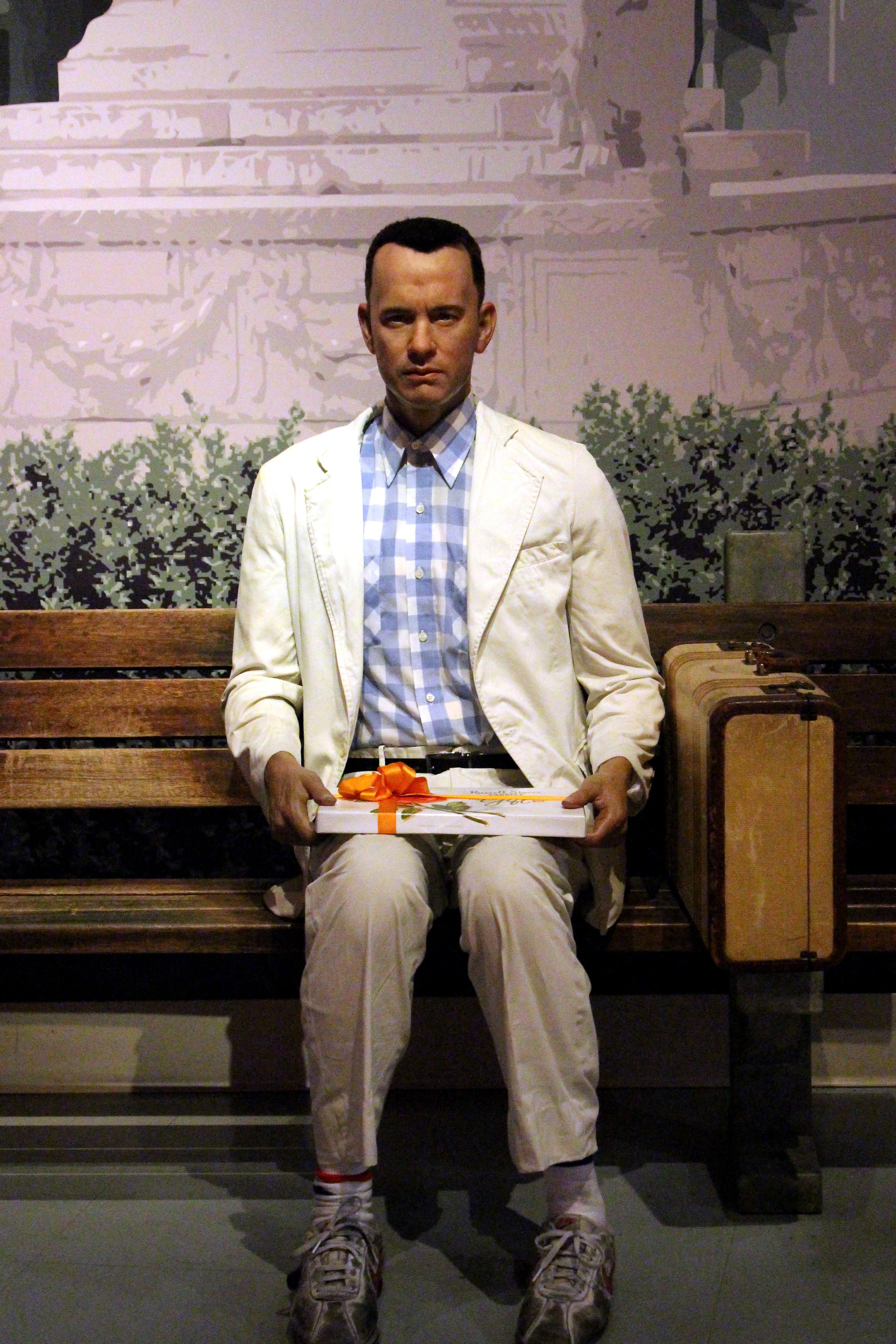
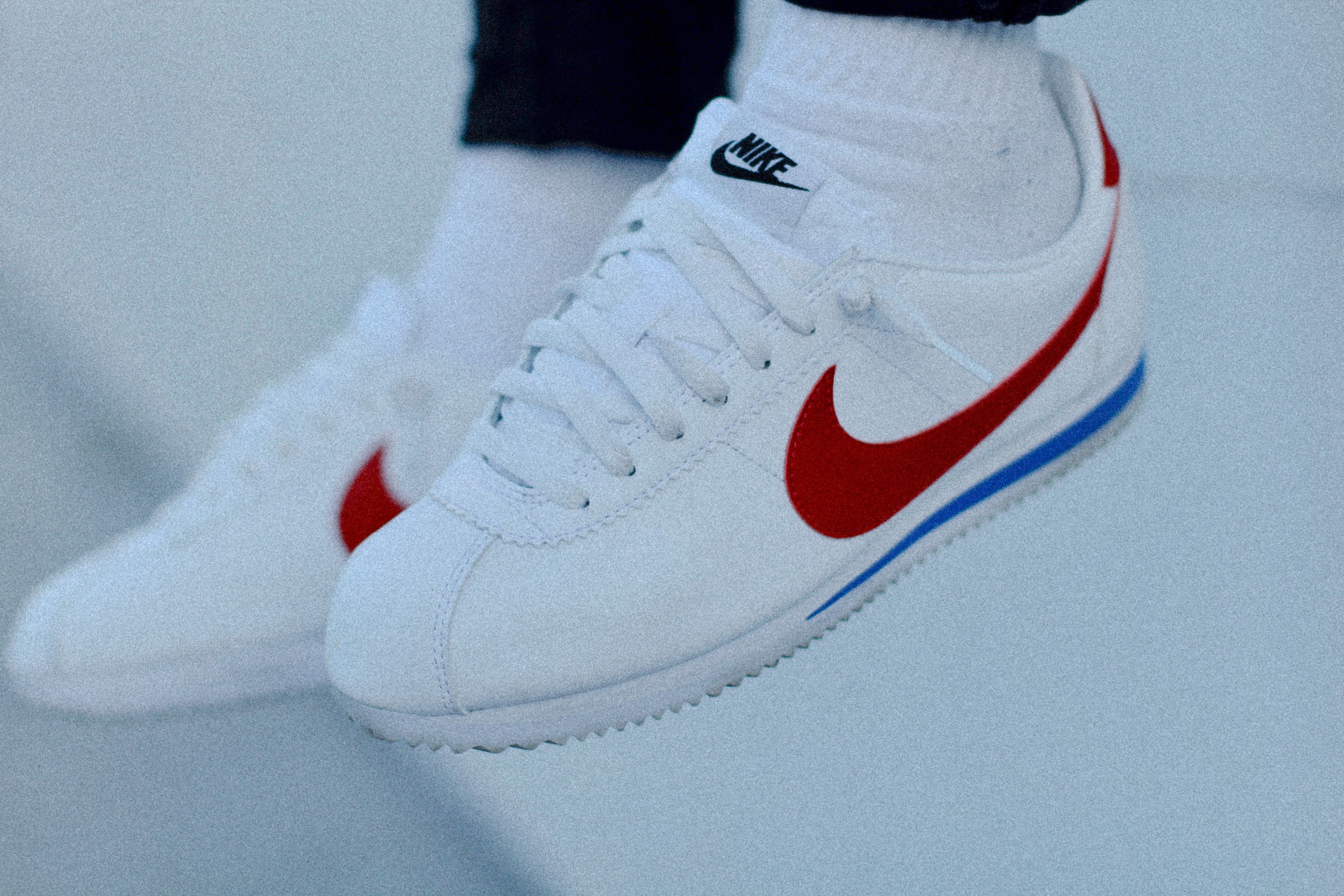
First of all, we can understand this market in general.
This market, which has always been considered to belong to a small group of young people, has reached a size of nearly $80 billion in 2021.
If we take the popular "Converse Chuck Taylor All-Star" shoes as an example, the market size is equivalent to 1.3 billion pairs of these shoes sold. Obviously, there is no sneaker that sells that much in a year. Most sneakers are still priced in the $50-$200 range at the time of release. So what makes this market so large? A lot of secondary market resale.
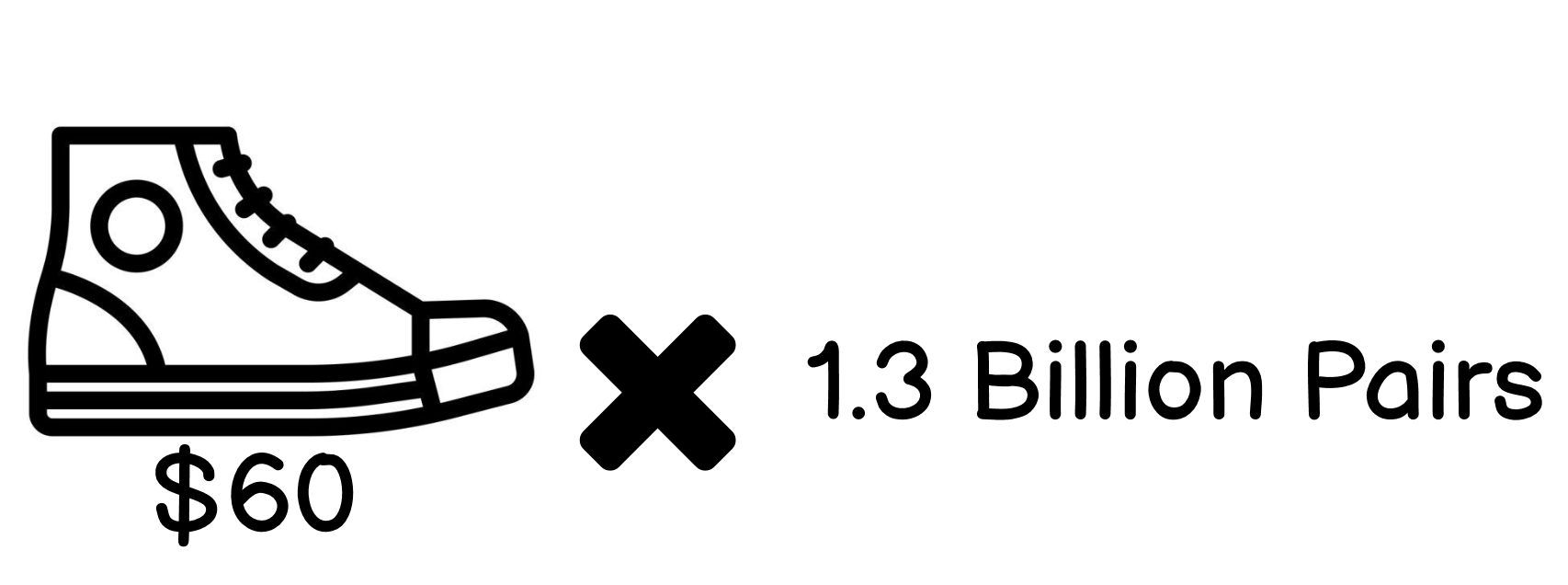
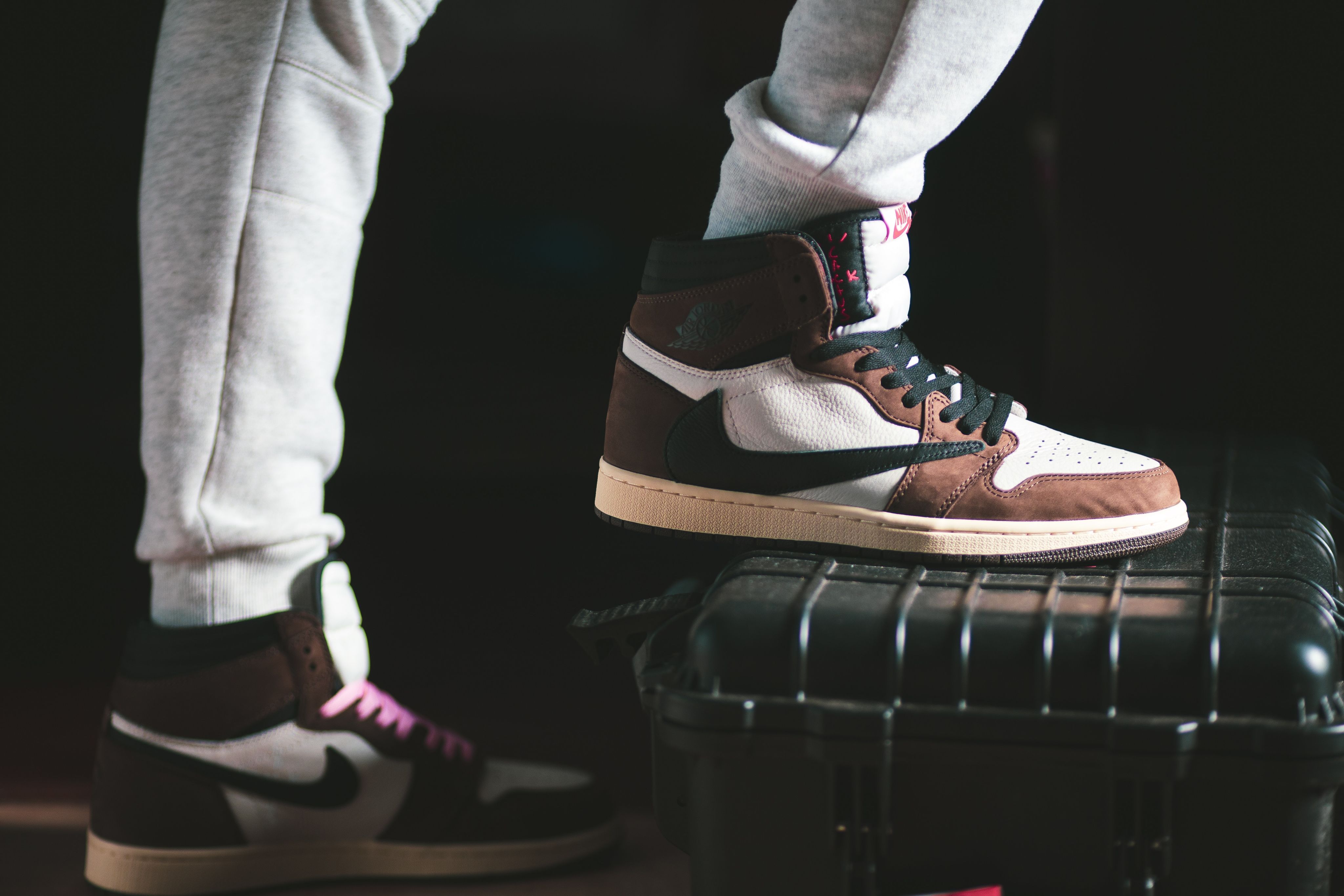
Photo by Erik Mclean from Pexels
Photo by Erik Mclean from Pexels
We can use a popular sneaker "Travis Scott x Air Jordan 1" as an example of secondary market resale. This pair was officially released on May 11, 2019, and as of May 2020, the shoe has been traded at least 100,000 times, while according to the brand's stocking records, only 50,000 pairs of this limited edition sneaker have been released worldwide. In other words, on average, each pair of sneakers has been resold at least 2 times.
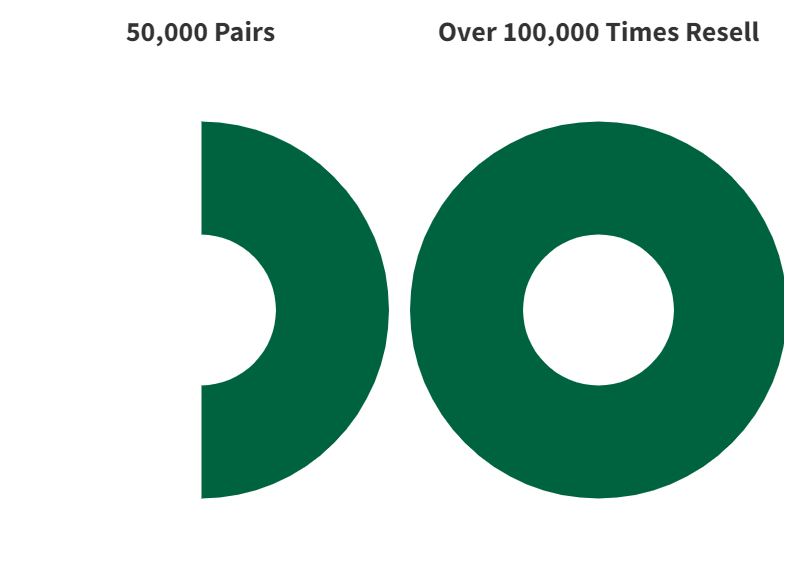
In the past 12 months, this pair of shoes have been sold on the StockX platform another 2,946 times. The manufacturer's suggested retail price for these shoes is $175 ( barely anyone buys them at that price), but on the secondary market the price of these shoes reached a high of $3,554, and now the average price of this pair is $2,000.
Almost all limited edition sneakers are like this one, the beginning of the sale will be sold by traders at a very high price on the secondary market, and then the price gradually reaches a stable level according to the supply and demand relationship. But in this process, a product's productiveness is not necessarily a decisive factor, and often the brand's hype plays an important role.
One of the best examples of the utilization of hype is Nike's Air Jordan series. Many internet celebrities have been wearing this series of sneakers and reinforcing the impressions about it on social media. According to GOAT, 60% of the top 50 searched pairs of sneakers in 2019 are from Nike. 11 of these 30 pairs are replicas of past Air Jordan series.
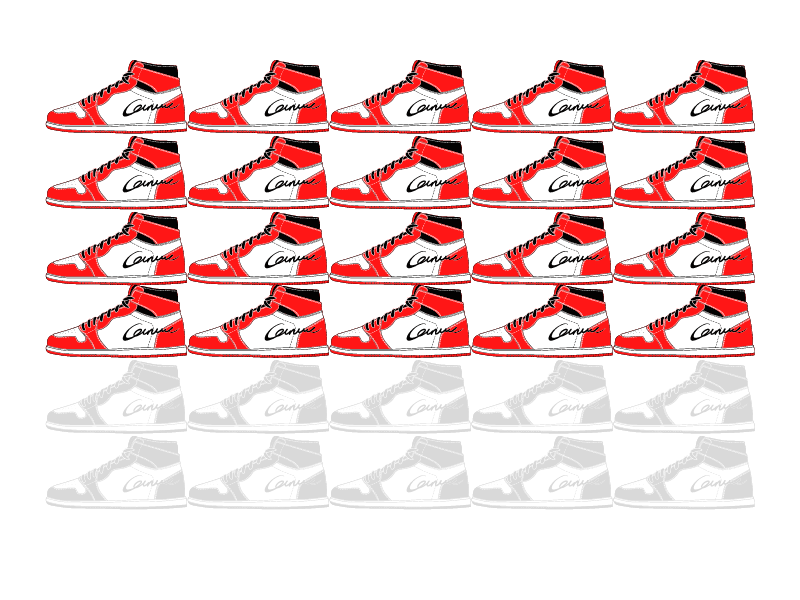
Photo by RODNAE Productions from Pexels
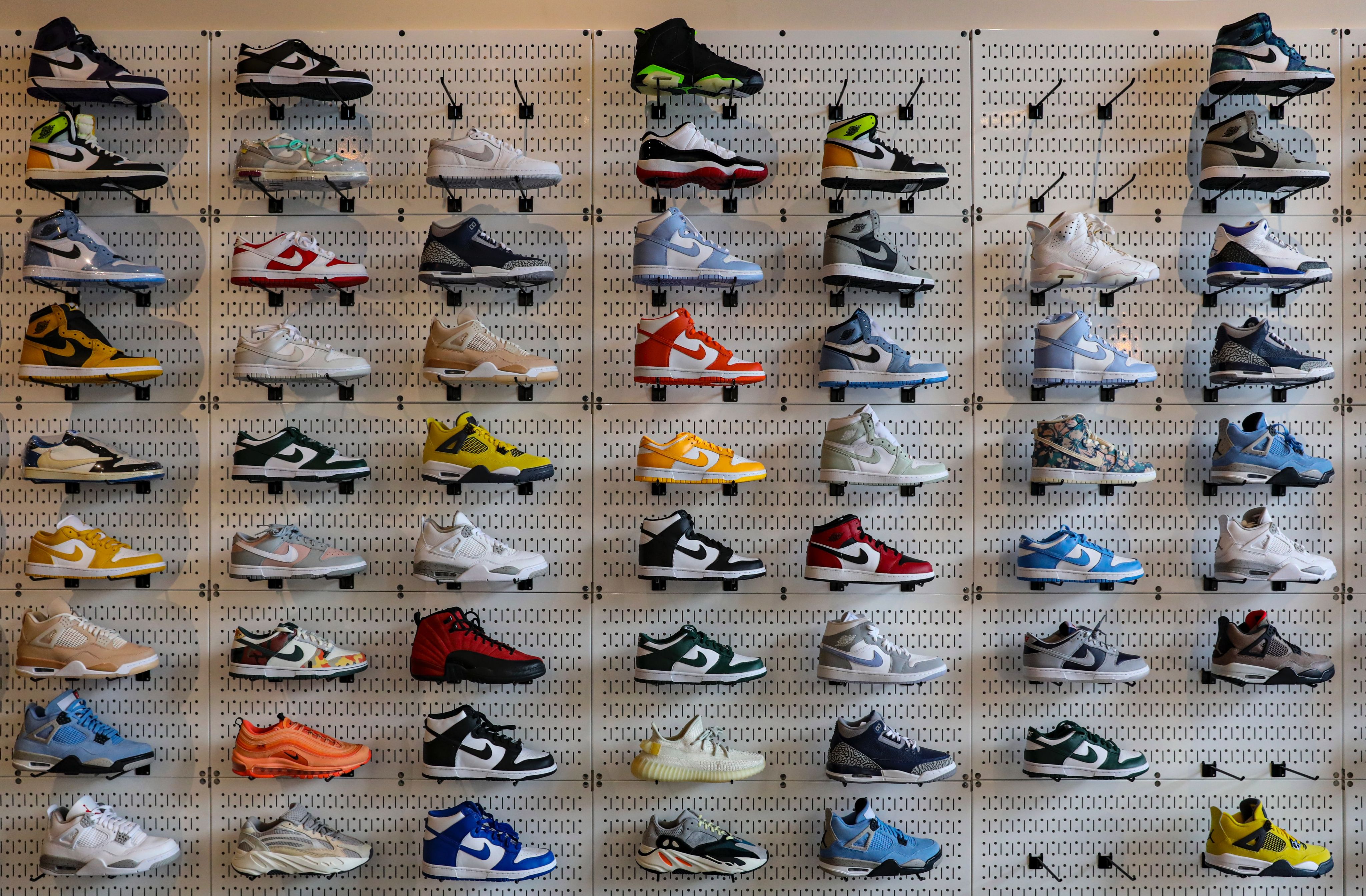
These Air Jordan sneakers are constantly being replicated, and almost every time they are on limited release as well as raffles, making the trend of topics about this sneaker keep growing. Some dealers also use bots to grab the sneakers on the app in order to make a profit from it. This has made it impossible for many enthusiasts to buy their favorite sneakers at the original price.
As Nike's most legendary piece, the Air Jordan 1 has been replicated at least 137 times, and with each time being a limited edition, the shoe has almost turned into a perfect financial product. People keep going to purchase this pair of sneakers that only change to a different color each time.
Photo by Paul Volkmer on Unsplash
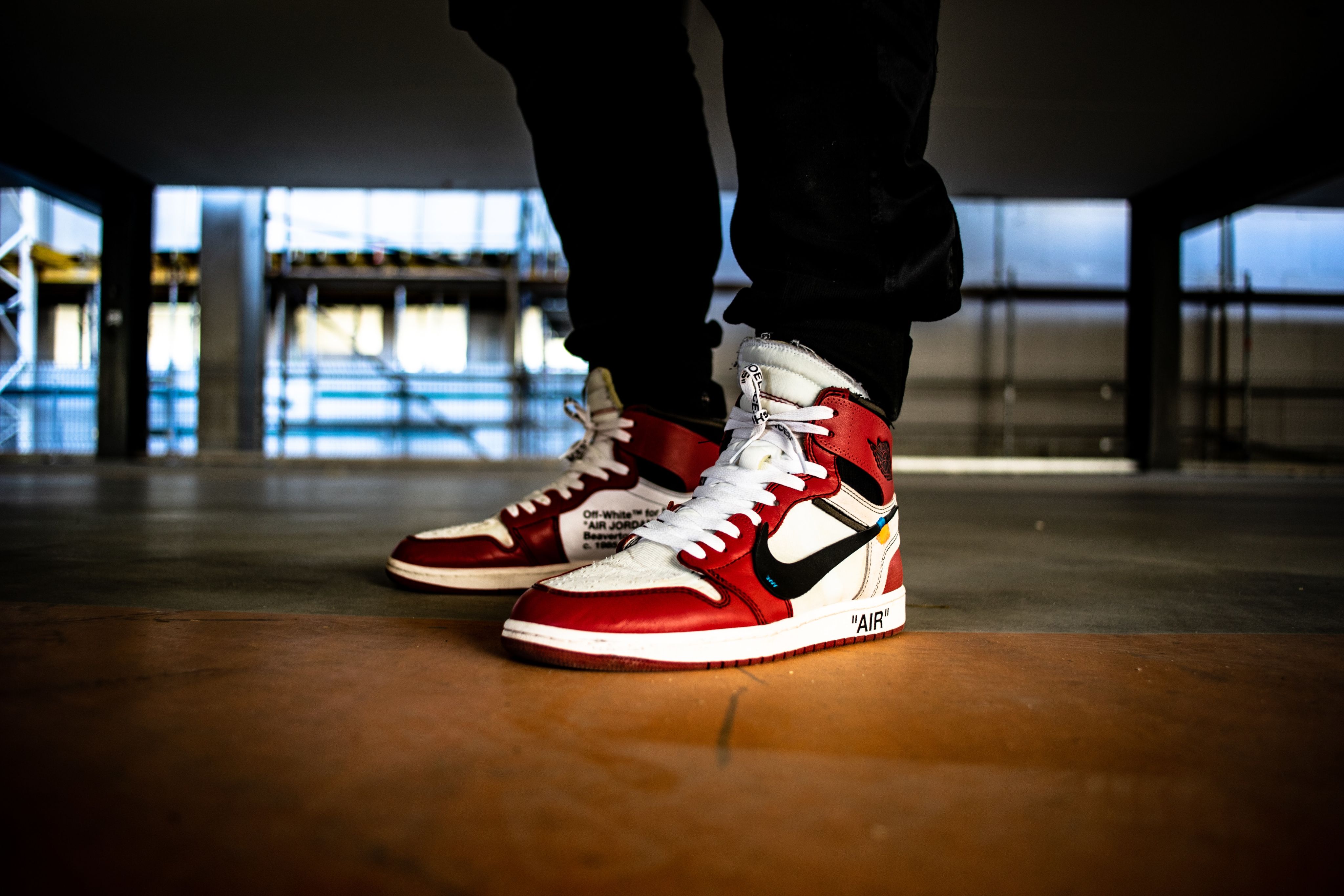
After the sneakers had a high resale value, they became a business. Many fans who were originally very fond of some sneakers had to pay higher prices to buy their favorite sneakers. And these shoes won't get worn but will become a collection, waiting to be resold again.
Many opportunistic businessmen will also take advantage of various opportunities to increase the selling price of sneakers.
For example, Kobe Bryant's death on January 26 & Virgil Abloh's death on November 28 affects their sneaker's price a lot.
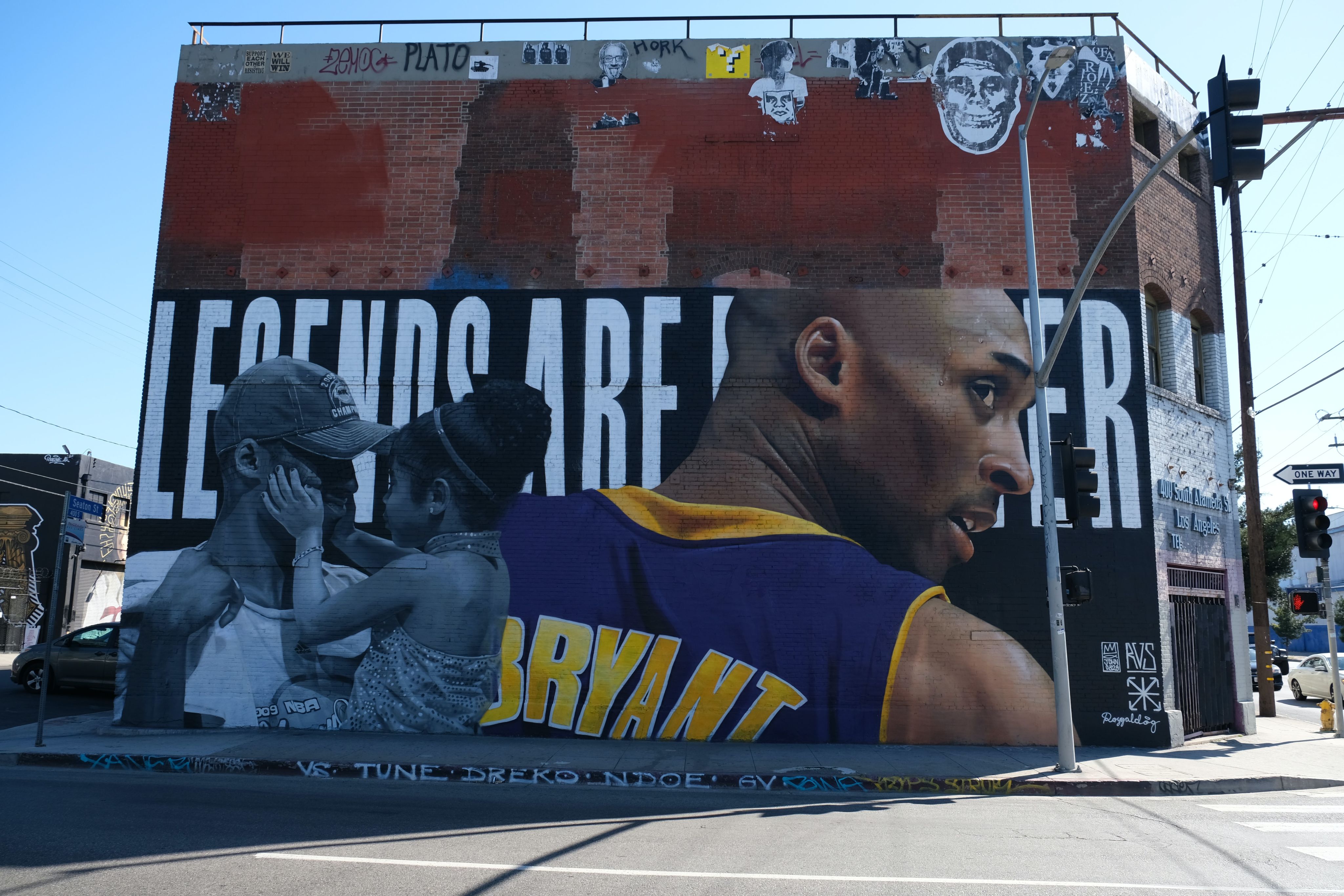
Not only limited edition, but brands will also hype the price of athletic shoes
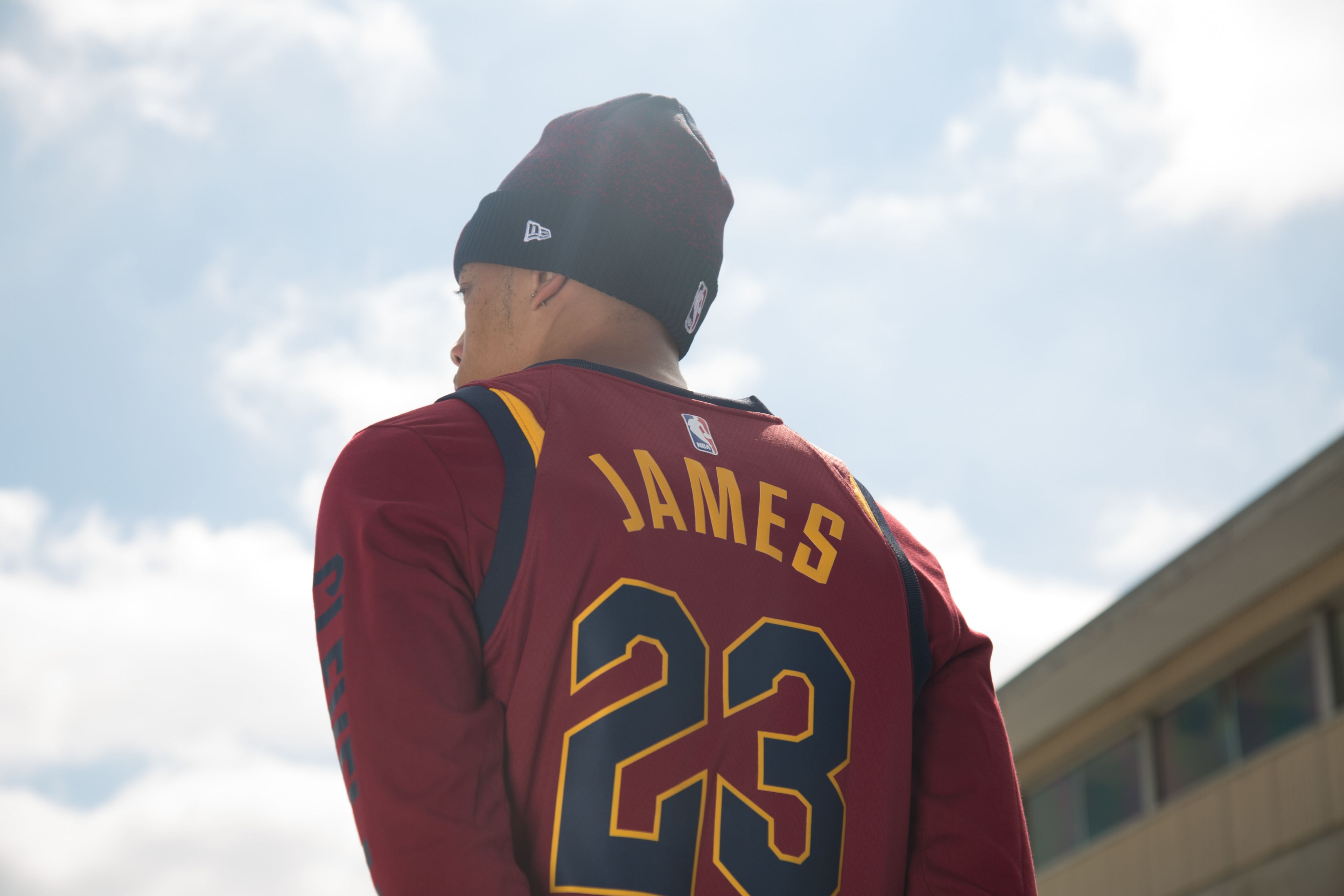
NBA player Lebron James rarely wears his signature shoes "Lebron 19" in recent games, usually, he wears "Lebron Witness 3". Why is this? The following data may answer this question.
This scatter plot contains information on 366 pairs of basketball shoes, and basketball shoe enthusiasts on Reddit have tested each pairs‘ performance on the court using a complete set of quantitative criteria. On average, more than 20 people tested each pair of shoes. This graph shows that there is no strong relationship between the price of the shoe and its performance. The $90 "Lebron Witness 3" did score higher than the $200 "Lebron 19" in a large number of tests.
If you also love sneakers, then please don't turn them into stocks.
Please consume rationally, stay true to your love.
You can refer to various reviews and create your own story about sneakers!
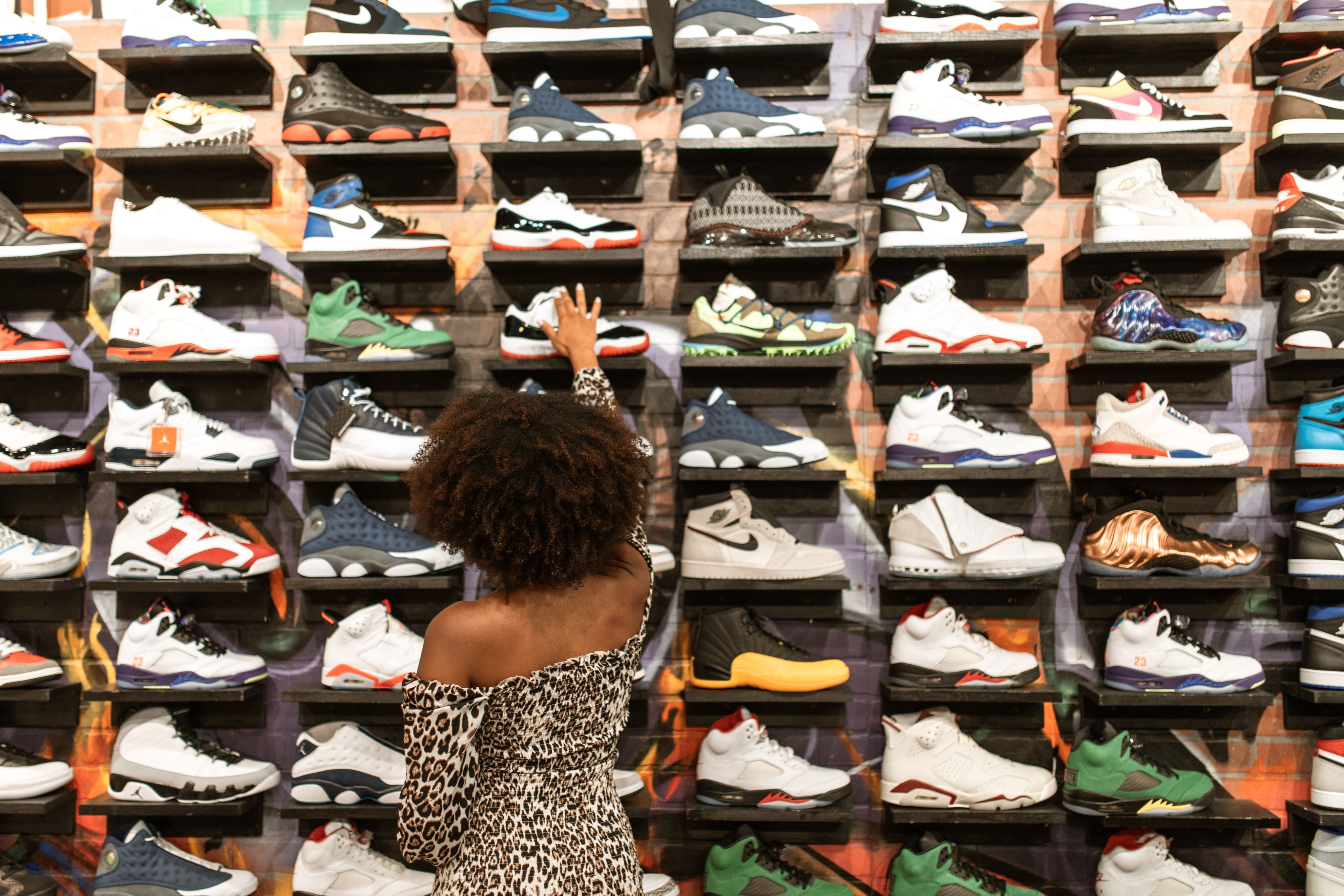
Sources:
Bloomberg.Com. 2012. “Nike Air Yeezy 2 Auction on EBay Closes for $90,300,” June 7, 2012. https://www.bloomberg.com/news/articles/2012-06-07/nike-air-yeezy-2-auction-on-ebay-closes-for-90-300.
Braithwaite, Naomi. 2021. “How Sneakers Became a $79 Billion Business—and an Undisputed Cultural Symbol for Our Times.” Fast Company. May 18, 2021. https://www.fastcompany.com/90637534/how-sneakers-became-a-79-billion-business-and-an-undisputed-cultural-symbol-for-our-times.
“Reddit.” n.d. Reddit. Accessed February 27, 2022. https://www.reddit.com/.
“Shoe Prices Are Getting More Expensive, According to New Data.” 2021. HYPEBEAST. October 15, 2021. https://hypebeast.com/2021/10/footwear-prices-inflation-us-bureau-of-labor-statistics-report.
“StockX: Sneakers, Streetwear, Trading Cards, Handbags, Watches.” n.d. Accessed February 27, 2022. https://stockx.com/.
“Unboxing Sneaker Hype.” n.d. Synthesis - Human Centred Data Science. Accessed February 27, 2022. https://synthesis.partners/content/unboxing-sneaker-hype.
“What If Michael Jordan Chose Adidas Instead of Nike?” n.d. Sneaker Freaker. Accessed February 27, 2022. https://www.sneakerfreaker.com/features/what-if-jordan-chose-adidas.
